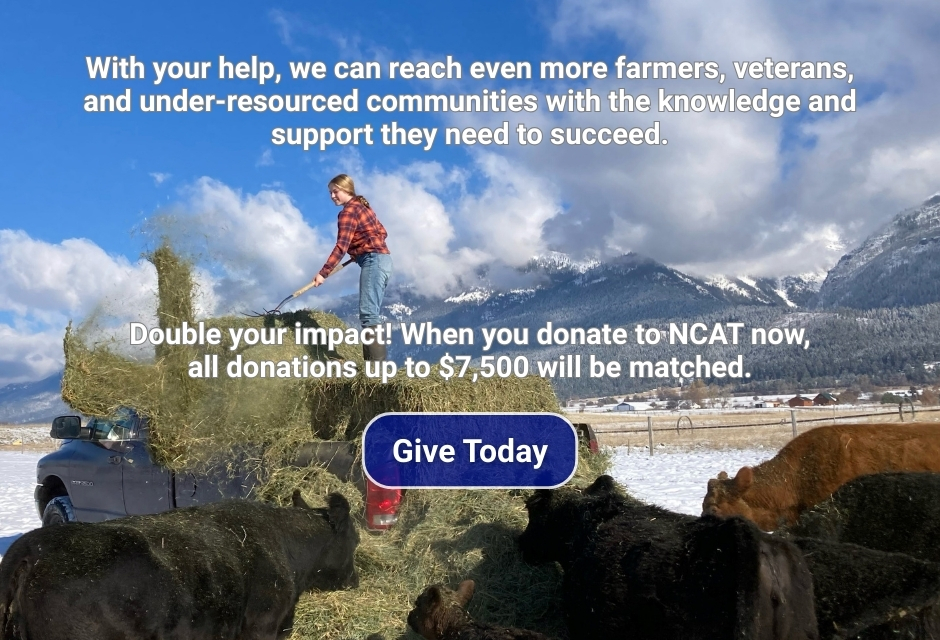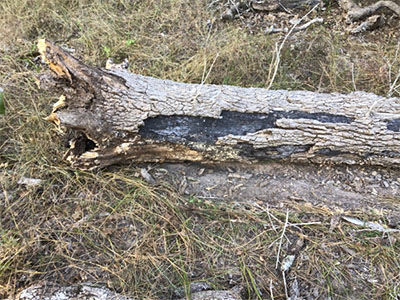
Advanced Beekeeping
Sometimes, in the course of events, having knowledge leads folks in odd directions. One of those directions could even be driving down the highway with a chunk of tree full of bees. A fellow needed help with said bees. He’d knocked them and their tree over with his tractor while mowing. He knew the tree to be dead and took the opportunity to start preparing it for burning. It didn’t go so well for him.
By Justin Duncan, Sustainable Agriculture Specialist
By Justin Duncan, Sustainable Agriculture Specialist
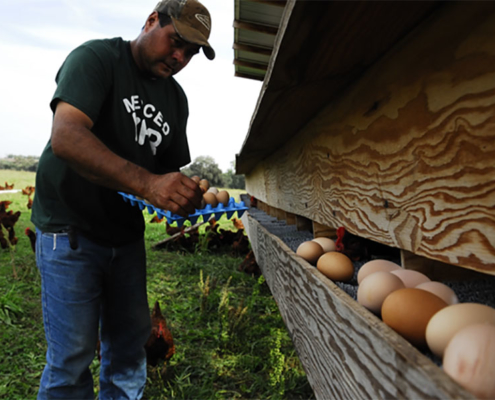
Many Places for Pastured Poultry on This Integrated Farm
I had been looking forward to a visit to the Burroughs Family Farms with university extension and beginning farmers alike, to learn from this multigenerational farm family about how they integrate raising pastured laying hens with their certified organic farm enterprises. With a decade of experience with poultry, they are refining their practices by moving coops through their pastures and orchards to build soil health and fertility while producing nutrient-dense eggs. Every season brings new learning opportunities.
By Ann Baier, Sustainable Agriculture Specialist
By Ann Baier, Sustainable Agriculture Specialist
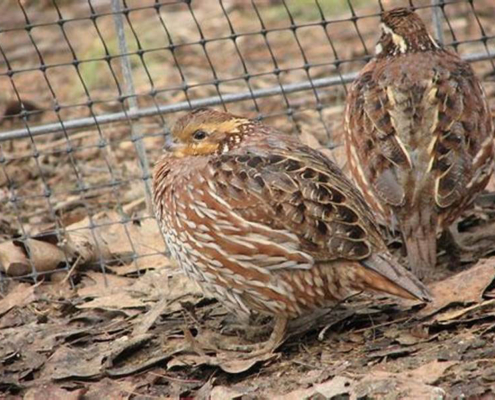
Integrating Pastured Quail into a Whole-Farm System
Diversity is a key insurance strategy on many farms, as multiple revenue streams can help keep a farm more stable in trying times. Most successful farmers I know employ this strategy and they are always on the lookout for new, higher-value enterprises to try out. The same is true on my farm in Kentucky. Last year, a restaurant client asked if we could raise pastured quail for their menu. They currently purchase 600 quail annually but believe that locally sourced quail will double their annual demand.
By Mike Lewis, Sustainable Agriculture Specialist
By Mike Lewis, Sustainable Agriculture Specialist
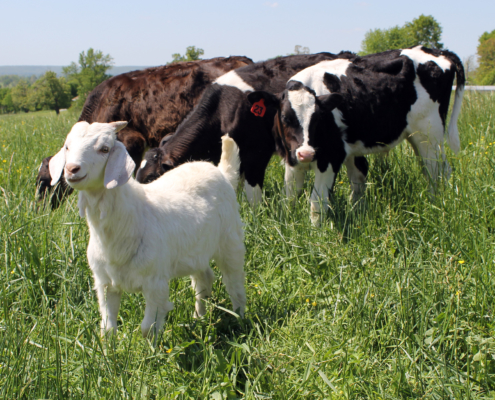
The ABC(DE) of Animal Health
I have been raising livestock since I was a young child, and I have learned some things in doing so. Today I want to share an easy way to think through animal observations. These basic indicators of animal health will allow you, the livestock manager, to see early warning signs and take effective action. While my experience is mostly with sheep and goats, these principles apply to other livestock, as well.
By Linda Coffey, Livestock Specialist
By Linda Coffey, Livestock Specialist
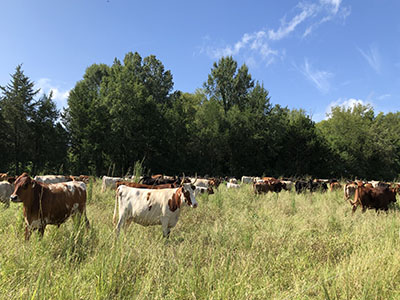
Demystifying Regenerative Grazing at BDA Farm
Visiting other farms is always a joy and an education for me. I recently had the pleasure of visiting BDA Farm in Uniontown, Alabama, for a day-long workshop where we toured the farm and learned about its regenerative practices that build soil health and increase productivity and profitability of the farm.
By Linda Coffey, Livestock Specialist
By Linda Coffey, Livestock Specialist
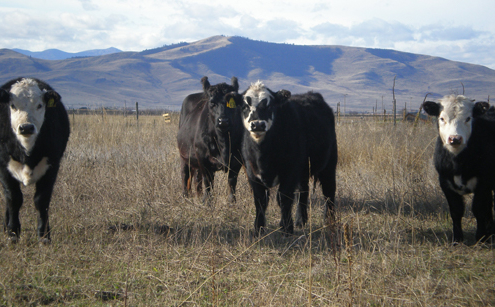
Episode 220. Grazing Management Strategies for Drought
Wrapping up our month-long focus on water and drought, this insightful…

For a Safe Lambing Season, Make a ‘Lambulance’
During lambing, sometimes even healthy and productive ewes can create a challenge for shepherds determined to get everyone to safety. That’s why National Center for Appropriate Technology Regenerative Grazing Specialist Linda Poole recommends making your own lamb ambulance or ‘lambulance’ before lambing.
By Emilie Saunders, NCAT Communications Director
By Emilie Saunders, NCAT Communications Director
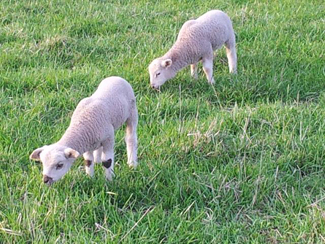
Top 5 Lambing Hacks for a Panic-Free Season
By Linda Poole, Regenerative Grazing Specialist
Like many…
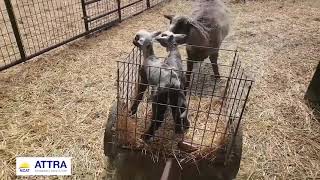
The Lambulance with Linda Poole, NCAT Regenerative Grazing Specialist
Safely carrying several slimy newborn lambs at once to a mothering…
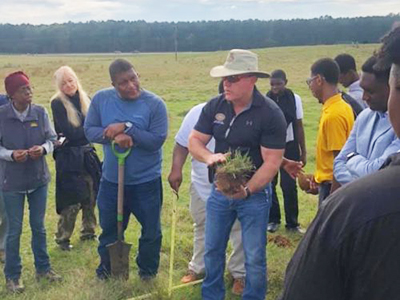
Soil Health and Adaptive Grazing with Dr. Allen Williams
Adaptive grazing is a regenerative livestock production system that uses multiple paddocks, frequent moving of livestock with short grazing intervals, and long rest periods to provide full pasture plant recovery. It is a proven method of increasing the resiliency of pastures by building soil organic matter, increasing soil water infiltration, promoting water conservation, adding diversity, and decreasing surface runoff.
By Nina Prater, Sustainable Agriculture Specialist
By Nina Prater, Sustainable Agriculture Specialist
Freshly Picked
NCAT Websites
Get Help
Ask an Ag Expert
Call us: 1-800-346-9140
Visit the Forum
Don’t Miss!
National Center for Appropriate Technology
Helping people build resilient communities through local and sustainable solutions that reduce poverty, strengthen self-reliance, and protect natural resources.

